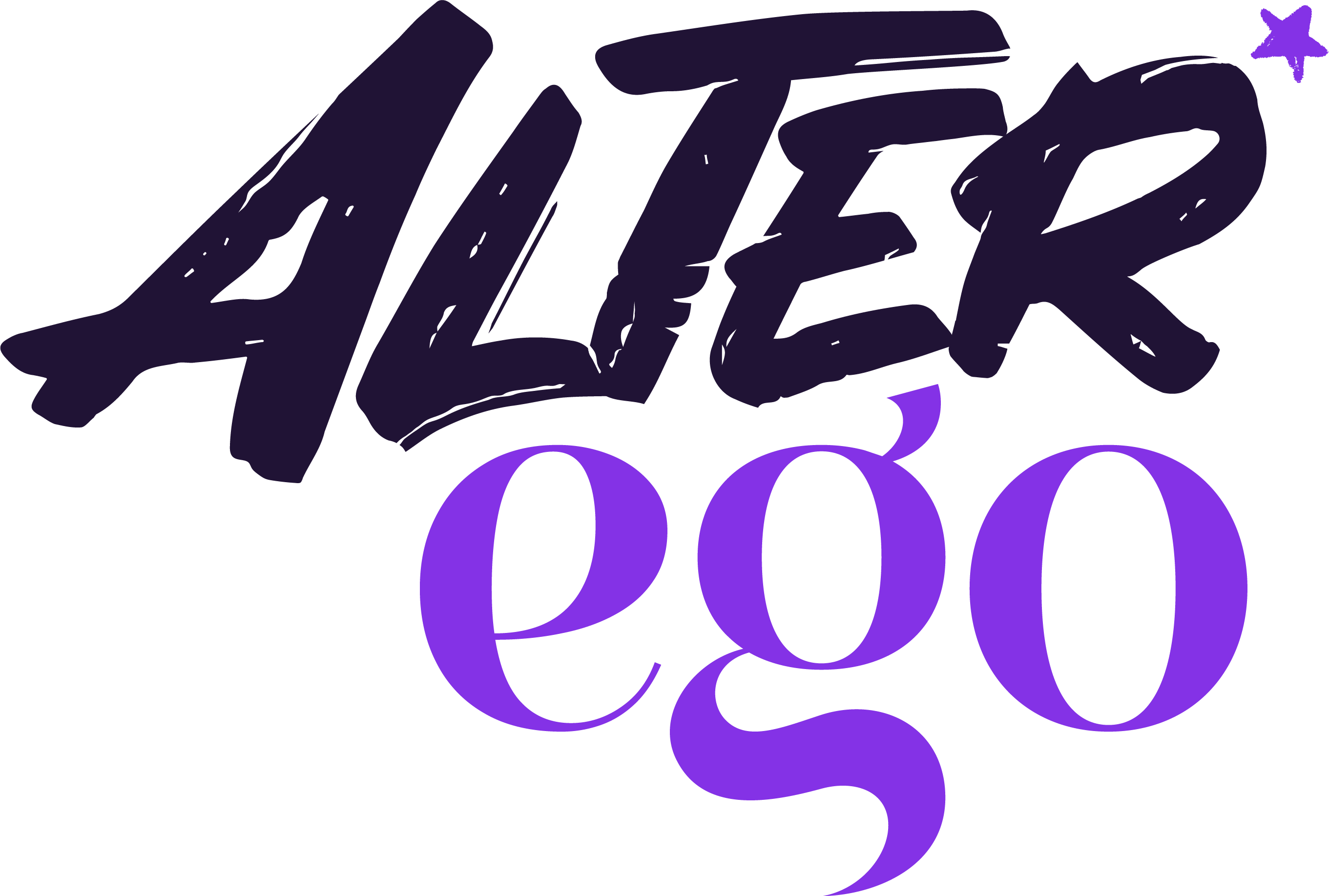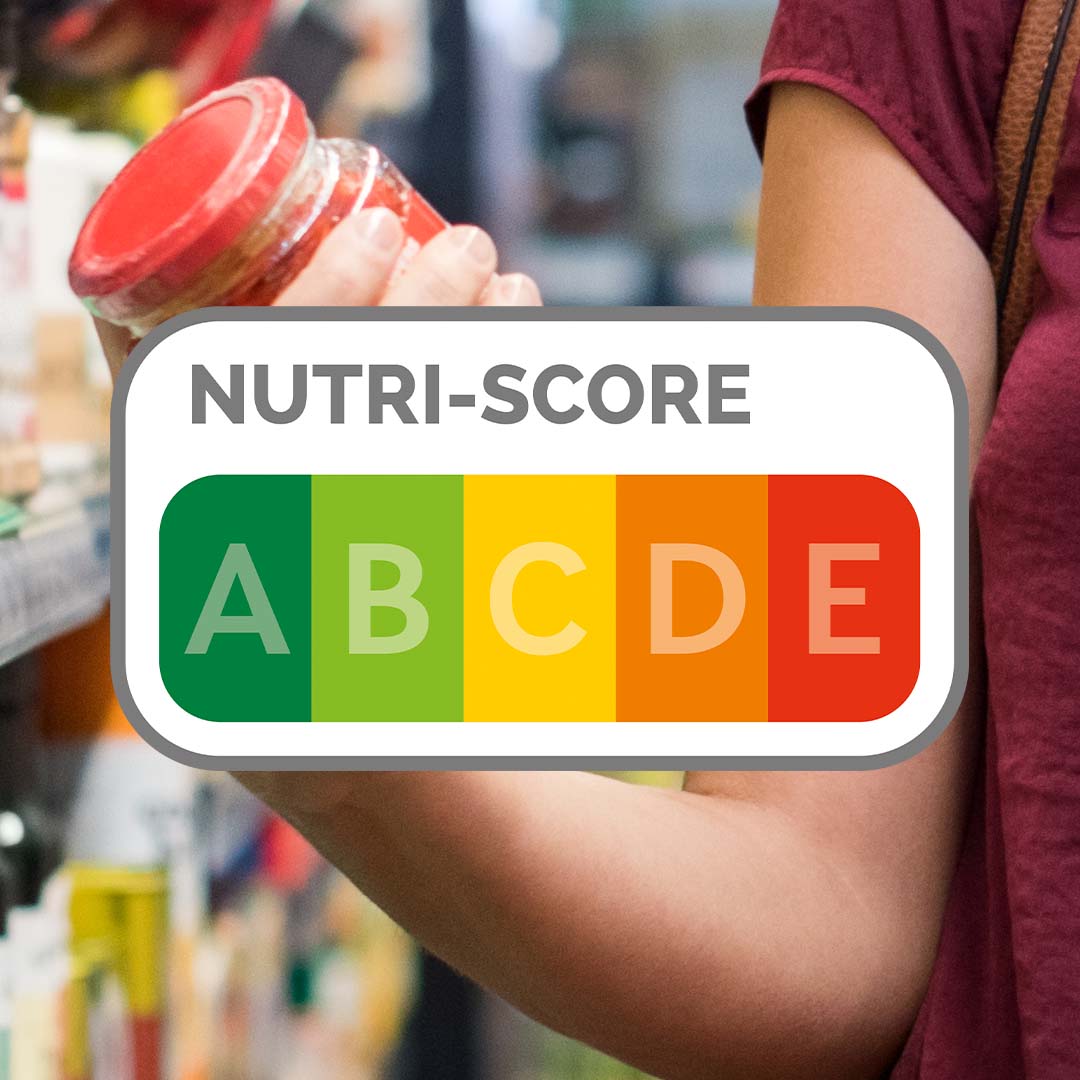In the Netherlands, 50% of adults are overweight and another 14% are obese, according to figures from Statistics Netherlands. It is not surprising that the government is making an effort to make it as easy as possible for us to eat healthier, because as a well-known quote from the fitness world goes, ‘abs are made in the kitchen’.
Everyone has heard of the Wheel of Five, but you don’t always think about it during your tour of the supermarket. That is why quality labels such as ‘Conscious choice’ and ‘Healthier choice’ were introduced in Dutch supermarkets. Recently we see the international quality mark the Nutri-Score appearing everywhere.
It has been my personal mission for years to teach people in my area what a healthy diet is. To my truth. That you shouldn’t eat meat every day because your body digests it slowly, that eating 400 grams of vegetables a day is very feasible and that fats are good for the hormone balance of women and men. I’ve also known for years that people take it all way too much hassle to think about it. Especially when people don’t feel like delving into nutrition and just want to make a quick choice in the supermarket about what they’re going to eat tonight.
A quality mark that allows you to see at a glance what is healthy and unhealthy during the moment of purchase seems ideal, but is that feasible? The tweet from @WdeGelder provides an answer.
If you are not aware of it yet; the Nutri-Score was developed by scientists on behalf of the French government and tells us how a product scores compared to comparable products. In other words, pizzas are compared to pizzas. Proudly places Dr. Oetker Nutri-Score B on the packaging, without actively communicating what this actually means. Where does this responsibility actually lie? With the producer who uses the Nutri-Score of the government or with the government that offers the product the Nutri-Score or even obliges it in the future?
Research agency Motivaction conducted consumer research into three different quality marks in which Nutri-Score helped consumers best to make healthier choices. A German research agency came up with the same result. Supermarkets and food manufacturers are enthusiastic about the system that gives products plus points for the presence of proteins, fiber, fruit, vegetables, legumes and nuts and assigns minus points based on calories, sugars, fat and salt.
I understand all too well that producers, retailers and certainly also their marketers are happy with this Nutri-Score. It is a means of comparing your product with the competitor and then ensuring that your product scores better than that of the competitor. That sells and that is exactly what gives a brand the right to exist in this sector.
RIVM, the Netherlands Nutrition Center and nutritionists have comments on the system. This is because when calculating the Nutri-Score, flavourings, fresh vitamins and additives such as preservatives and coloring agents are not taken into account. Consumers are also not yet convinced of the quality mark, according to research by Radar. For example, Radar writes the following about the choice between a pack of smoked salmon and a pack of fish fingers:
“The average consumer assumes that smoked salmon is healthier. While fish fingers receive a label B according to Nutri-Score and salmon a label D. Unsaturated or saturated fats are not taken into account in the calculation. While the Health Council advises once a week eat oily fish.”
And that, I think, is exactly where the danger lies. A product such as a drinking yoghurt with 0% fat may claim Nutri-Score A. While there are much healthier options to drink at breakfast. We all know that a pizza is less healthy than a bag of wok vegetables. So everyone thinks it strange that a pizza says Nutri-Score B and a bag of wok vegetables A. But if your knowledge about nutrition is minimal, you could sail blindly on the Nutri-Score A on that delicious sweetened yoghurt drink. The consumer is simply insufficiently informed about the way of interpreting the quality mark.
In summary, we can say that the truth has not yet been found with the Nutri-Score. Perhaps it has ensured that manufacturers do their best to get a good Nutri-Score by making their products less unhealthy. However, I am convinced that a quality mark will never bring about the change that is necessary to allow consumers to make truly healthy choices.
The Nutri-Score may be a start for now, but if you ask me, a ‘quick fix’ in the form of a quality mark is not going to help us change the abnormal and unhealthy lifestyle we have learned. The consumer must be informed, facilitated and motivated to make healthy choices and that is exactly what I try to do for my environment. Because love goes through the stomach, including love for yourself.
Written by Simone de Jong
Read more about this;Food choice logos scrutinized by the National Institute for Public Health and the Environment


